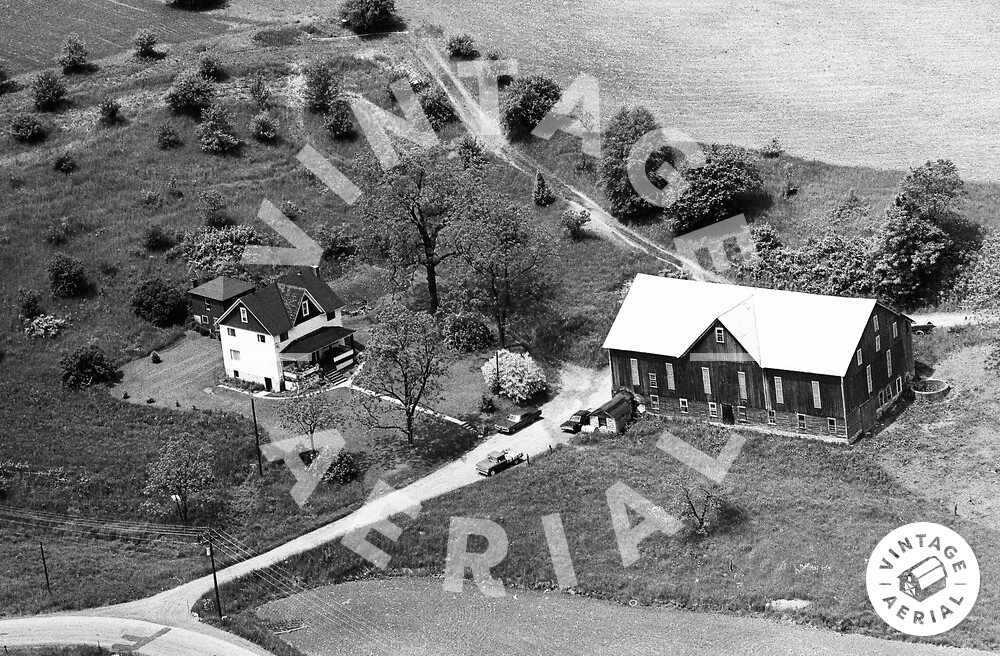Join Our Community
33,560 members are helping us to bring our collection to life.
Create a free Vintage Aerial account now to start commenting on photos, pinning locations, and earning points redeemable for our products!
Sign up now and receive a coupon for 10% off your first order!



Comments
Originally the Levi Yoder farm, then Vernon Gearhart farm, present owner unknown. There's a family cemetery at the corner of the field above the house, Levi is buried there.
Our family had this farm after Levi Yoder passed on. First John L Williamson, my grandfather, then Charles Williamson, my father, raised their families here. In my own family 10 children were born here. I was the youngest. My father was listed here as a 3 year old in 1900 census, and he sold the farm after WWII in 1947. The house behind the farmhouse was called the Summer House and was used for canning and preserving food. There was a large apple orchard above it, along with several other fruit and nut trees. Mincemeat was a favorite, stored in crocks in a water trough under the basement stairs of the main house. The trough was fed from a cool spring just to the right of the house. There was a wringer washing machine in the basement, and a cream separator We made our own butter, sausage and soap, as well as cured meat. There was a large chicken house between the house and barn where the turnaround is now, and a fenced garden and grape arbor to left of the house The harvest season was always busy Visiting crews chopped corn stalks and filled the silo, and harvested and combined or “thrashed” wheat and oats. There was a potato grader in the opening of the storm shed to wash and sort potatoes. The cows had to be fed, manure cleared every day, and milked. The upper barn was filled with loose hay and had a granary. Hay was pushed down to feed the cattle below. One of my brothers was injured there when a pitchfork accidentally came down with the hay. We had a sawmill run by a flat belt off the tractor. Our farm was complicated and beautiful and meant a lot to us and we remember it, but it has changed a lot. Labor was very scarce after the war and general farms like ours became hard to manage. Farmers had to specialize, get big or get out. In recent years our old farm has been completely monoculture corn grown for gasoline additive alcohol, and chicken feed. The land has been leased by a man who has 1800 acres under cultivation in corn and soybeans. Coal under the farm was removed during the 1940s and 50s. And now the farm is being subdivided in residential tracts, and on the back side near Keafer Hill Road, it looks like there may be a fracking rig.